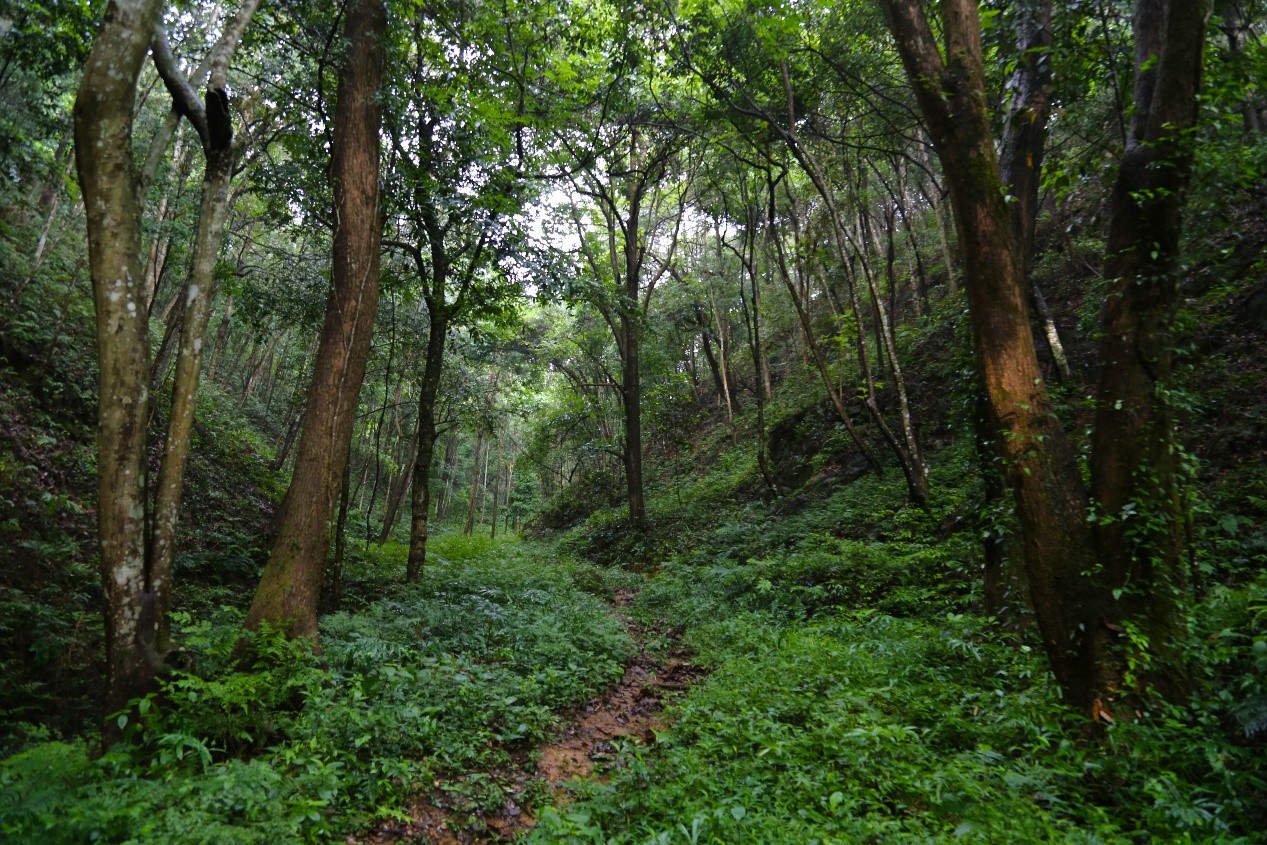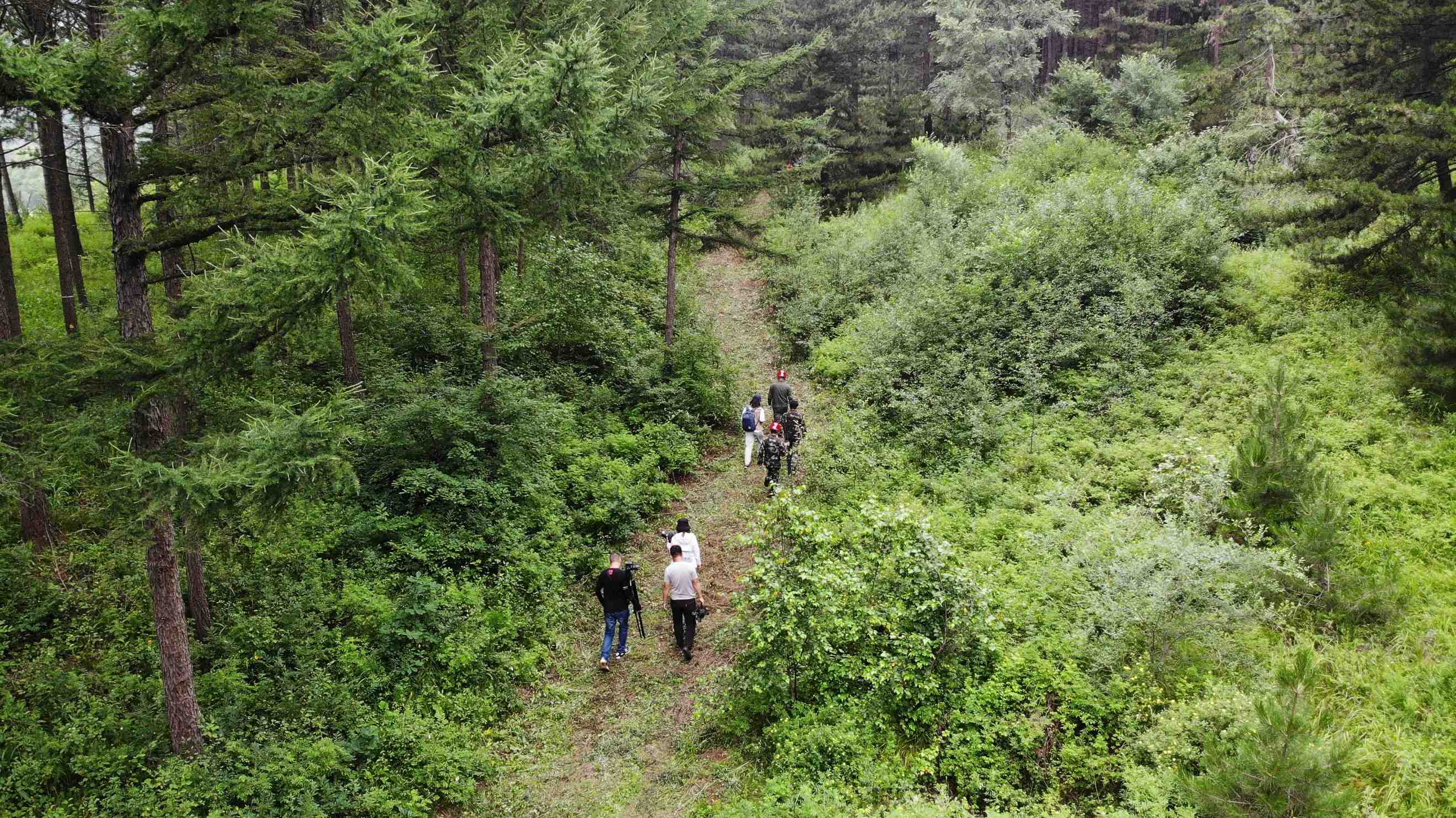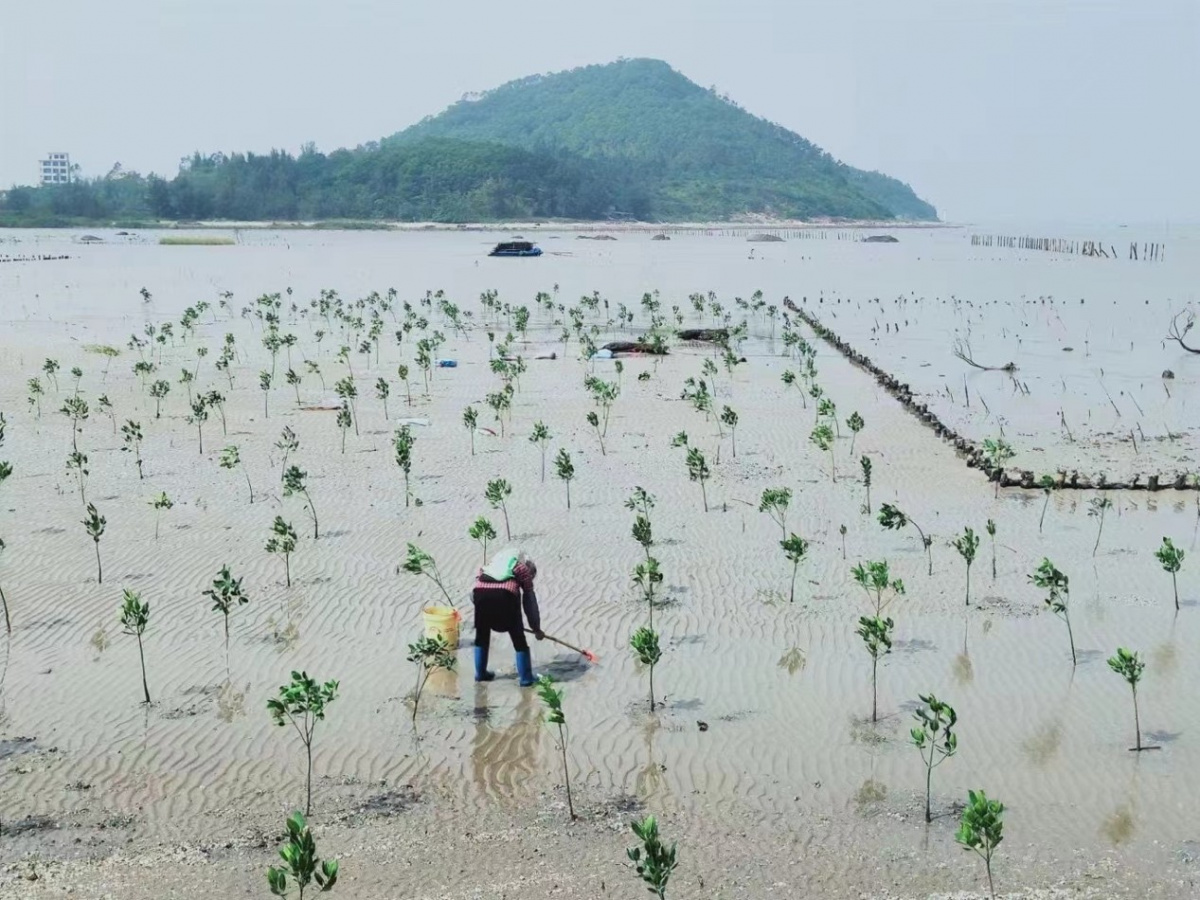Mainstreaming forest and landscape restoration in China
The official release of forest and land restoration plans is a significant milestone in promoting forest and landscape restoration in the country.

Forest land restoration plan investigation in Bijie, which experts are discussing based on map cartography.
The TRI China project has developed three forest and land restoration plans for pilot areas, aiming to explore and implement a localized, practical and FLR-based restoration methodology.
Matter and energy flow and pass from one component of a landscape to another, influencing and constraining each other, while forming together an indivisible ecosystem. Forests are one of the most important elements in the landscape, and forest degradation leads to significant impacts on the structure and functionality of the ecosystem. This, in turn, brings about complex economic and social challenges, which require multistakeholder efforts to create specific, sustainable forest restoration actions.
Following 3 years of continued effort, the TRI China project has developed three FLRPs for pilot areas at the city or county level, aiming to explore and implement a localized, practical and FLR-based restoration methodology to ultimately expand to additional cities and counties. The FLRPs cover a period of 10 years, in 2021–2030. In April 2022, the FLRPs were approved by the NFGA to be implemented in the three pilot areas, which present an important milestone in the mainstreaming of FLR in China.
 Experts conducting forest land restoration plan research in Fengning.
Photo: Song Zengming,TRI China PMO
Experts conducting forest land restoration plan research in Fengning.
Photo: Song Zengming,TRI China PMO
Why forest land restoration plans?
Huang Zhilin, the FLRP expert of the TRI China project, explains: China is a country with vast land and abundant resources. Different regions have different resource allocations, ecological problems, management models and socioeconomic needs. One solution cannot be applied to all places. So, we chose three very different areas as pilots for testing a set of work methods to be replicated in more regions.
- Bijie is in the Guangxi-Guizhou karst area, part of the national karst rocky ecological area where desertification prevention and control is carried out. The karst terrain is steep and vulnerable to soil erosion and rocky desertification.
- Fengning is an ecologically vulnerable area of interlaced agriculture and animal husbandry located between the North China Mountains and the Inner Mongolia Plateau. Being prone to drought and soil depletion, some pilot areas of the project were affected by nomadic overgrazing.
- Xinfeng is in the source area of the Ganjiang and Dongjiang Rivers and is an important functional area for water conservation and purification. With a monsoon-influenced humid subtropical climate, the Hunan-Jiangxi hilly agroecological area is also a key area for biodiversity conservation in China and is an integral part of the southern hilly and mountainous ecological barrier.
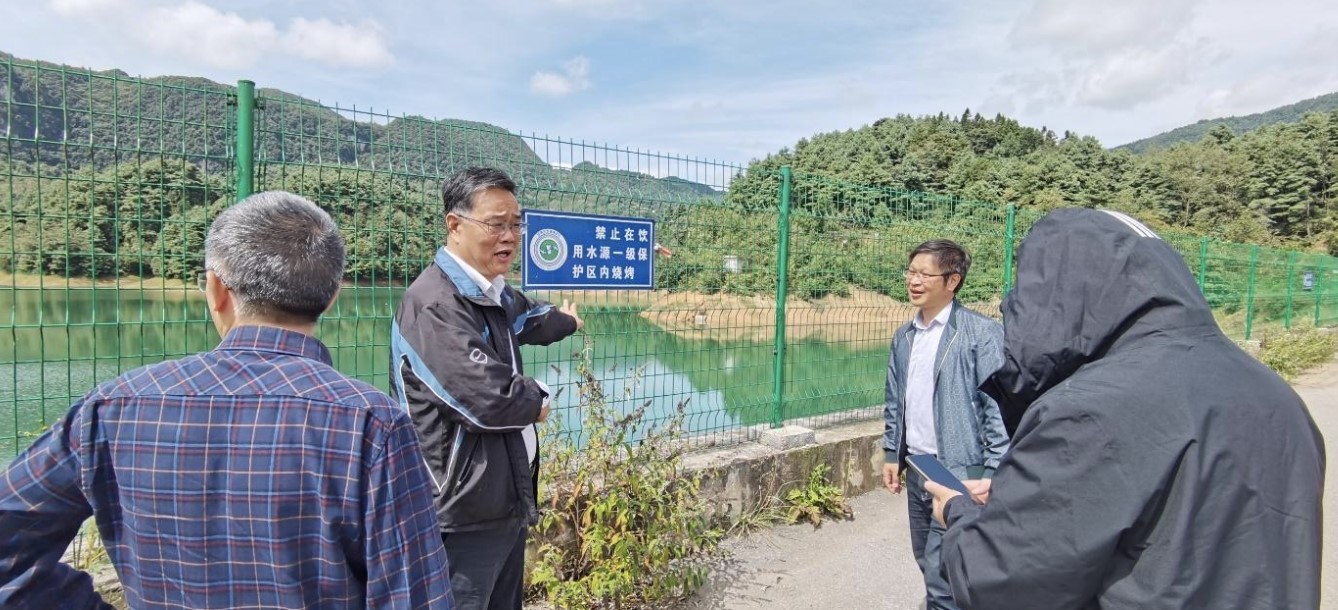 Experts discussing water resource protection during forest land restoration plan investigations in Xinfeng.
Experts discussing water resource protection during forest land restoration plan investigations in Xinfeng.Photo: Niu Jiayi, TRI China PMO
Localization strategy for forest and landscape restoration
Despite careful planning, difficulties arose as soon as the FLRPs were launched. During the research stage, the project team found that it was challenging for local communities to understand FLR, especially given the westernized definition, standard and logic. So, the project team reflected on whether it was possible to combine FLR with local Chinese concepts. After visiting the NFGA, IUCN, the Academy of Forestry, the Chinese Academy of Sciences and other willing institutions, and communicating with many experts in various fields, the project team finally found the solution: “Systemic Governance of Mountains, Rivers, Forests, Farmlands, Lakes and Grasslands” (MRFFLG).
The natural resources of China are managed by various individual departments, each implementing their own mandates. Therefore, the measures taken by each department interact, and sometimes conflict, with those implemented by another. In the 2010s, China proposed the MRFFLG theory, emphasizing that mountains, rivers and forests, along with farmlands, lakes, grasslands and deserts are all indivisible parts in the wider ecosystem. As such, protecting the ecosystem requires an approach that mirrors intrinsic ecosystem dynamics, and which can balance all nature’s elements. The concept of MRFFLG is similar to FLR and has been widely understood in China, proving that combining both has greatly supported the localization of FLR and led to the exploration of FLR as a practice with Chinese characteristics. This, in sum, has enhanced the subsequent mainstreaming of FLR in China.
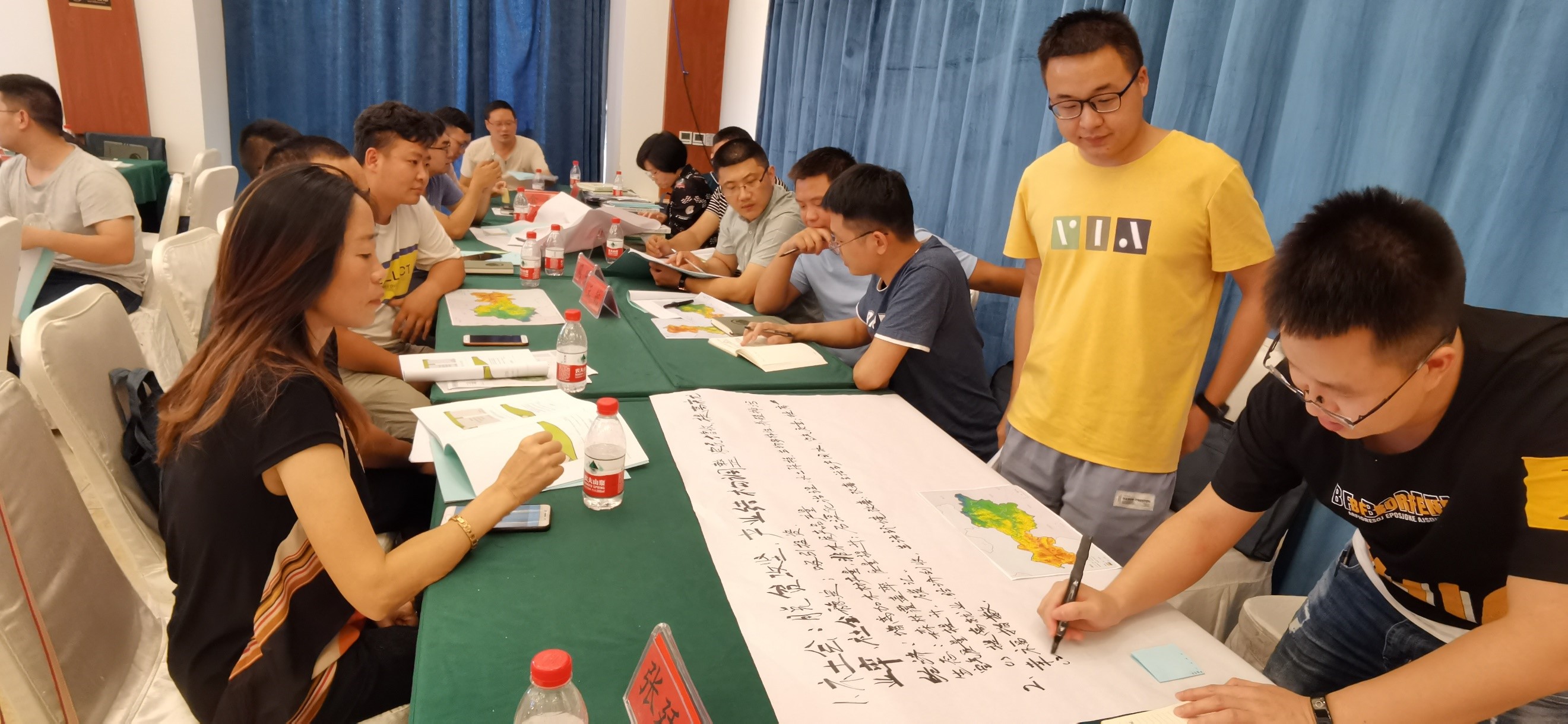 Local stakeholders discussing and identifying forest and landscape restoration opportunities based on topography, during a forest land restoration plan workshop.
Photo: NIU Jiayi, TRI China PMO
Local stakeholders discussing and identifying forest and landscape restoration opportunities based on topography, during a forest land restoration plan workshop.
Photo: NIU Jiayi, TRI China PMO
Multiple stakeholders participate in decision-making
To achieve the overall restoration of multiple landscape elements, relevant stakeholders must participate in decision-making, which is one of the most important FLR principles. Given that it is challenging to organize diverse stakeholders to complete such complex work, the Restoration Opportunities Assessment Methodology (ROAM) guide, written by IUCN and the World Resources Institute, takes users through a process to identify and analyse FLR potential, including how to most efficiently promote stakeholder action. This book was introduced, officially translated and published in China by the TRI China project, which resulted in ROAM being used in the country for the first time, as the largest application in the world. Li Jia, the project’s ROAM expert said:
Luo Qin, representative of the Jiangxi Forestry Department shared, "The project opened my perspective and brought many new ideas. In the past, we mainly focused on our own forestry work and paid little attention to what others were doing. Through the project platform, we not only learned new knowledge and technologies, got the opportunity to have in-depth communications with other stakeholders, but also found great potential for cooperation."
Every stakeholder has different needs, difficulties and working methods, so communication is necessary, and it is best to organize their participation from beginning to end. It’s very hard because everyone is busy with their own work, but we still try our best to organize at least two trainings and three seminars for each area, and the result is satisfying.
Conclusion
The FLRPs were officially completed and reviewed by the NFGA in November 2021 and were officially issued to the three areas in April 2022. The project team will continually support the local application of the FLRPs while also helping experts to complete further work to summarize and compile the successful practice of FLRP in China. To showcase and summarize the project’s success, the experiences will be consolidated in a book. With a tentative title of Practices from middle- and small-scale forest land restoration plans in China, the book is planned to be published in 2023.
Huang Zhilin said, "Forest and land restoration is still a new concept in China, and it is not enough to practice only in three areas. Although the duration of the project is limited, the experience can play a long-term role. We have summarized the process, technical methods and precautions in this book, hoping to provide support for more areas."
This story is from TRI Year in Review 2022
